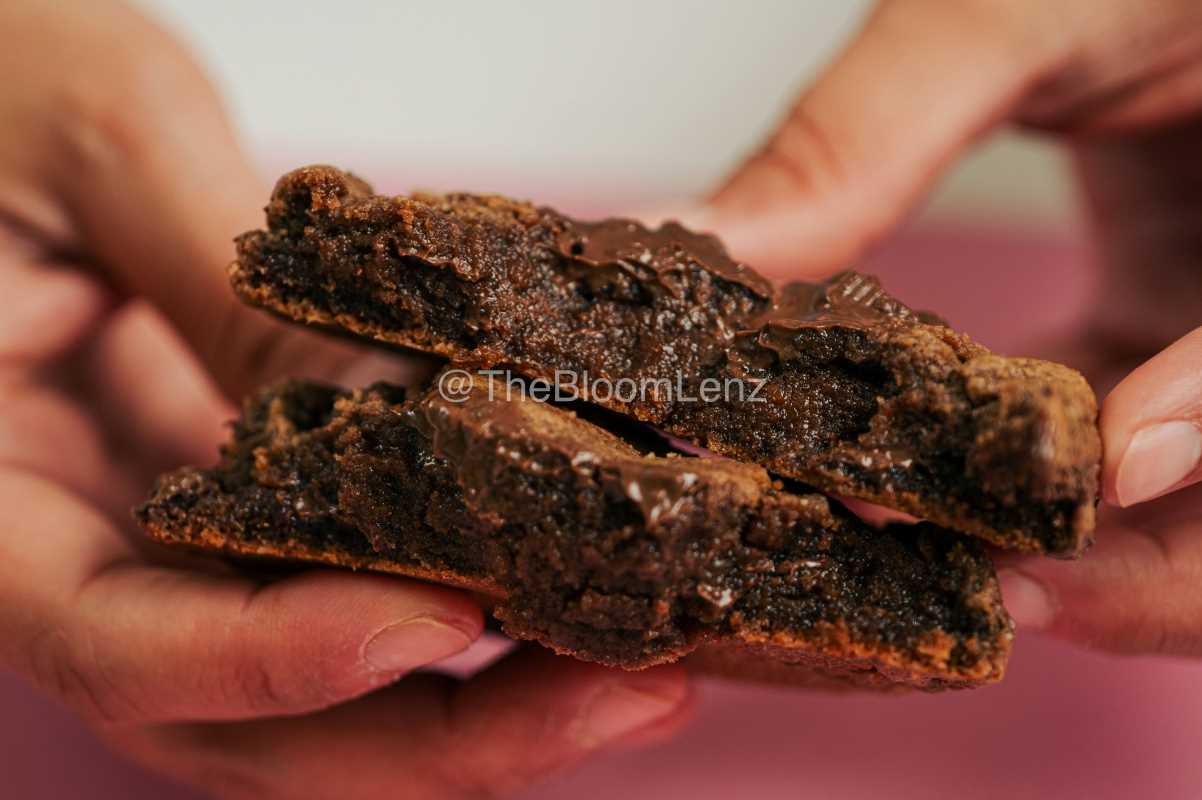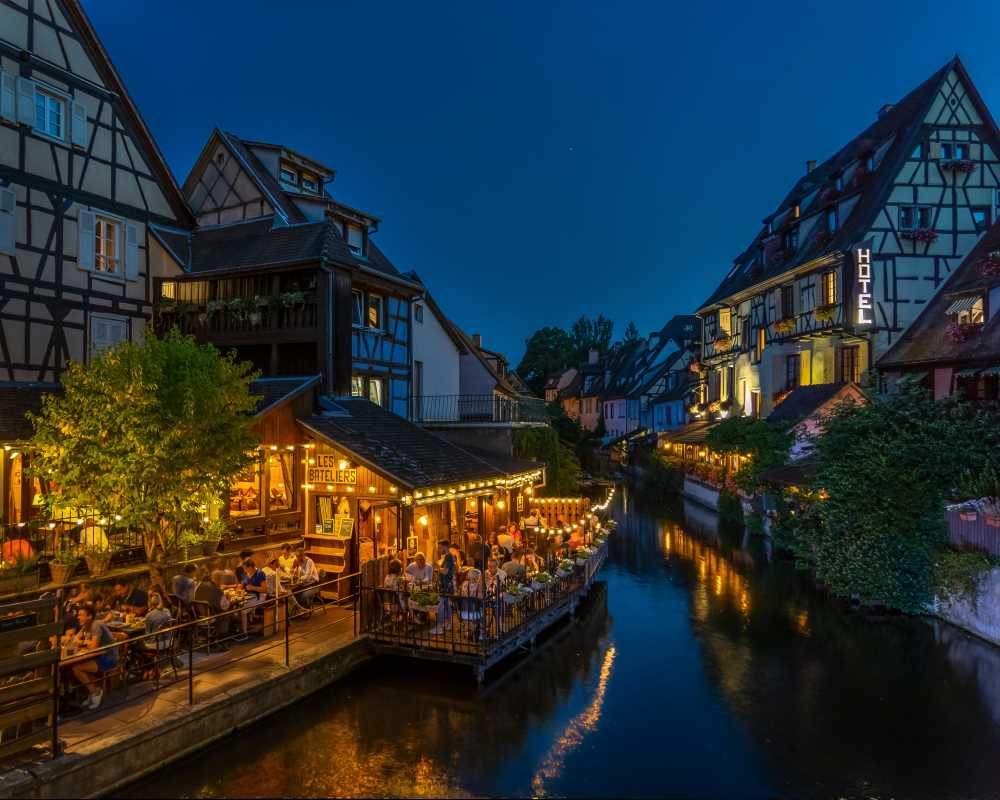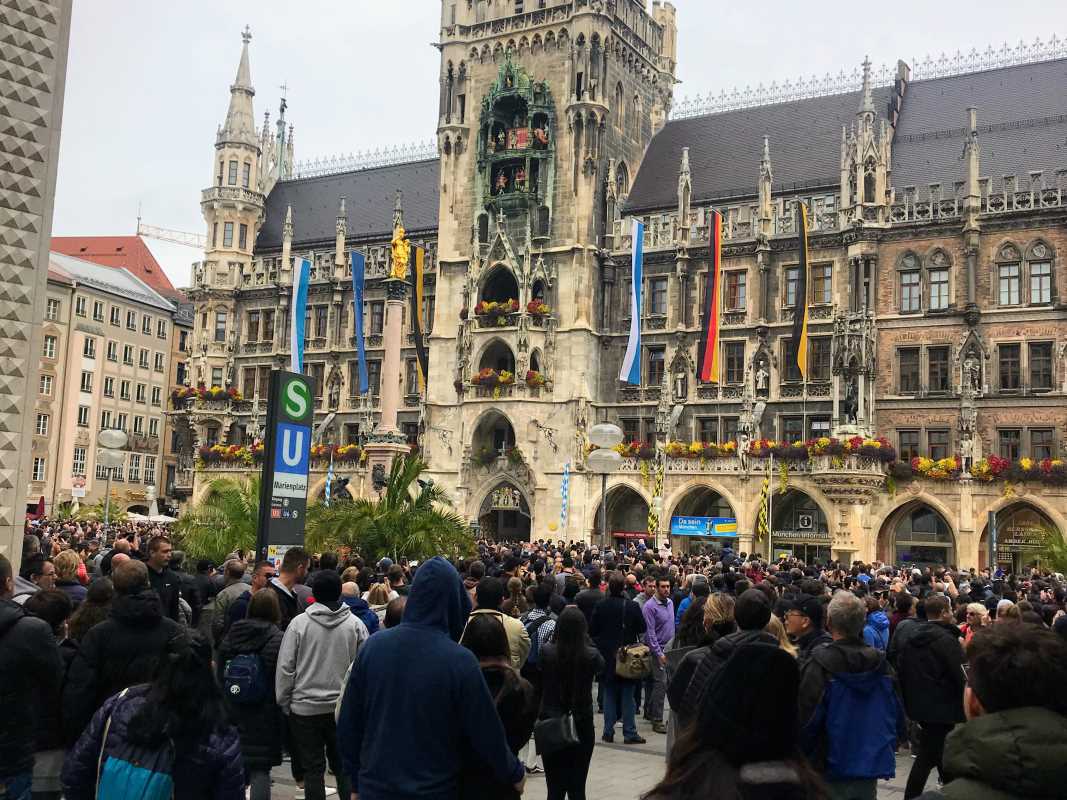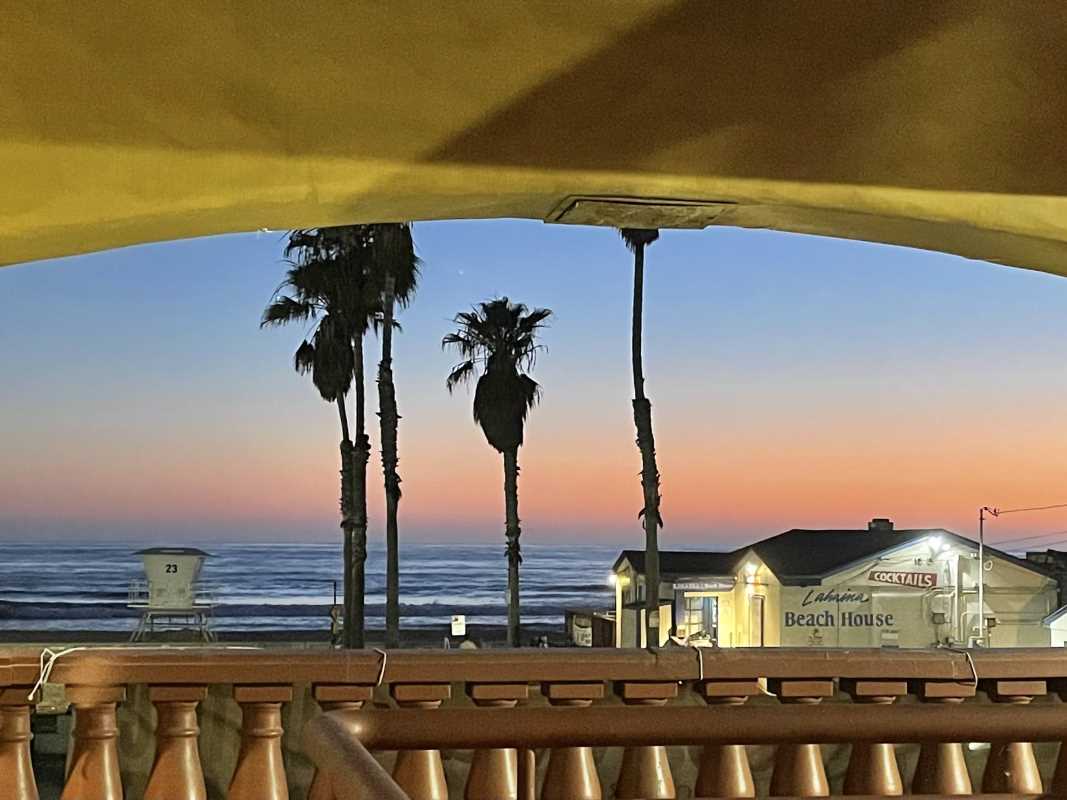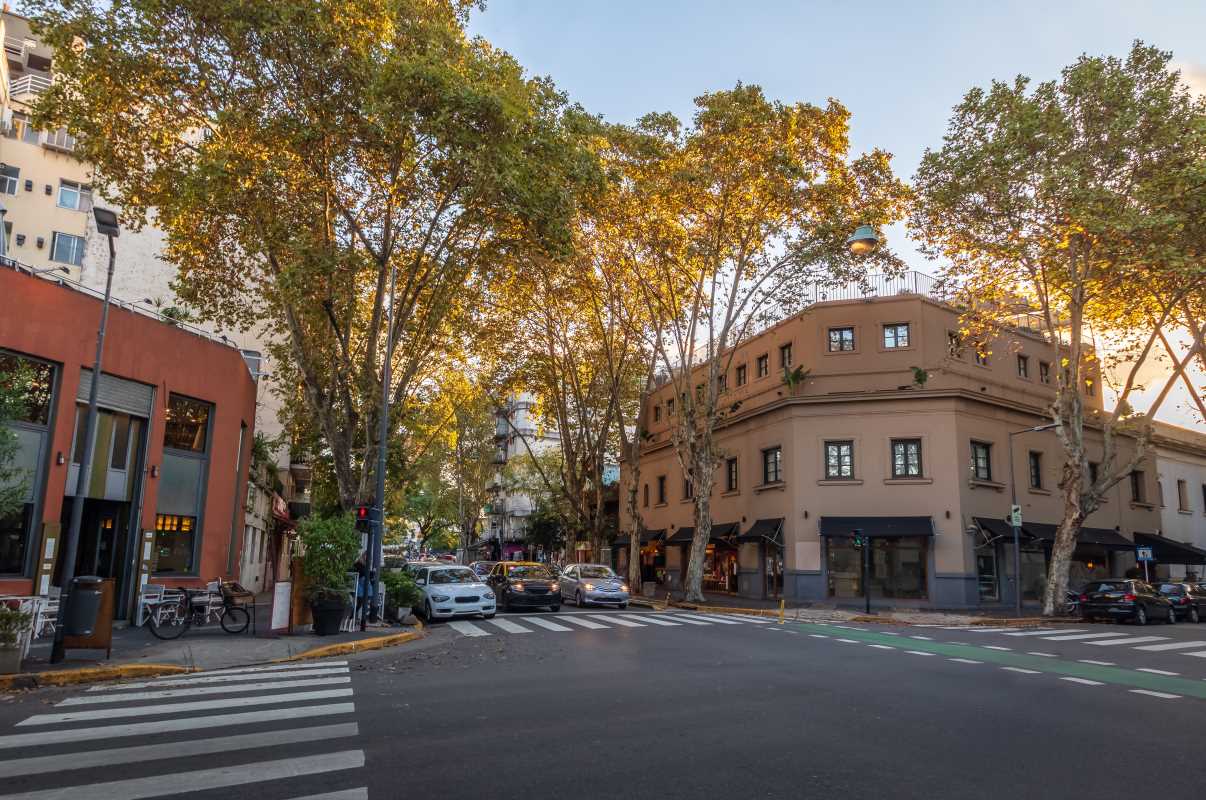Get ready to embark on a pilgrimage to the heart of American barbecue, where the smoke is sacred and the brisket is king. In Texas, barbecue isn't just a style of cooking; it's a way of life, a craft perfected over generations, and a source of fierce regional pride. It's a world of early mornings, slow-burning fires, and long lines of devoted fans waiting for a taste of smoky perfection. This journey is about more than just food—it's an exploration of history, culture, and the unyielding passion that makes Texas barbecue a true legend.
A Tradition Smoked in History
The roots of Texas barbecue run as deep as the state's rich history. This culinary tradition is a blend of cultures, starting with the indigenous Caddo people who slow-cooked venison over wooden grates. The real foundations, however, were laid by German and Czech immigrants who settled in Central Texas in the 19th century. These settlers opened butcher shops and meat markets, and to avoid wasting unsold cuts, they would smoke the meat, preserving it and infusing it with incredible flavor.
They used the simple seasonings they had on hand—salt and pepper—and smoked the meat over the local post oak wood. This "meat market" style is the origin of what many consider classic Texas barbecue. Customers would buy their smoked meat by the pound, served on butcher paper with simple sides like pickles, onions, and white bread. There were no forks and no fancy sauces. The meat had to stand on its own, and this principle remains the core philosophy of Texas barbecue today.
The Four Regions: A State of Different Tastes
To say "Texas barbecue" is a bit like saying "Texas weather"—it changes depending on where you are. The state is so vast that four distinct regional styles have evolved, each with its own unique history, techniques, and signature dishes. Understanding these differences is key to appreciating the full scope of this culinary art form.
1. Central Texas: The Meat Market Mecca
This is the style most people picture when they think of Texas barbecue. Born from the German and Czech meat markets around Austin, Lockhart, and Taylor, Central Texas barbecue is all about the meat, the smoke, and the rub.
- The Meat: The undisputed star is beef brisket. Other popular cuts include massive beef ribs and handmade sausage links.
- The Method: The meat is typically seasoned with a simple "Dalmatian rub" of just salt and coarse-ground black pepper. It's then slow-smoked for hours over indirect heat from post oak wood, which imparts a mild, smoky flavor that complements the beef.
- The Sauce: Sauce is an afterthought, if it’s offered at all. It's usually a thin, tangy, tomato-based sauce served on the side, meant to be used sparingly so as not to overwhelm the perfectly smoked meat.
2. East Texas: Chopped, Sauced, and Sandwiched
Head east towards the Louisiana border, and you'll find a style influenced by Southern barbecue traditions. It’s saucier, sweeter, and often involves both beef and pork.
- The Meat: Chopped beef is the hero here. The beef, and often pork, is cooked until it's so tender it's falling apart. It's then chopped up and drenched in sauce.
- The Method: Meat is smoked slowly over hickory wood, which has a stronger flavor than post oak. The goal is fall-off-the-bone tenderness.
- The Sauce: The sauce is the star. It's a thick, sweet, and tangy tomato-based sauce that is slathered on the meat and served in a sandwich, typically on a sweet hamburger-style bun.
3. West Texas: Cowboy-Style Grilling
Out in the wide-open spaces of West Texas, the "cowboy style" of cooking over an open fire reigns supreme. This is more about direct-heat grilling than low-and-slow smoking.
- The Meat: Because this method is faster, tougher cuts like brisket aren't as common. Instead, you'll find steaks, chicken, and cabrito (young goat).
- The Method: The meat is cooked directly over the hot coals of mesquite wood. Mesquite burns very hot and fast, giving the meat a distinct, bold, and earthy flavor.
- The Sauce: The marinade is more important than the sauce. The meat is often marinated before cooking, but if a sauce is used, it’s usually a thin, spicy, and bitter concoction.
4. South Texas: Sweet and Sticky Barbacoa
Near the Mexican border, you'll find a style heavily influenced by Mexican cooking traditions. Here, barbacoa is king.
- The Meat: Traditionally, barbacoa is made from a whole cow's head, which is wrapped and cooked slowly underground. Today, it's more commonly made from beef cheeks, which are incredibly rich and tender.
- The Method: The meat is cooked until it is completely succulent and shreddable. It's a very moist style of barbecue.
- The Sauce: A thick, sweet, molasses-based sauce is often used to glaze the meat, making it sticky and delicious. Barbacoa is typically served with fresh tortillas, salsa, and guacamole.
Your Guide to the Barbecue Trail
Venturing into the world of Texas barbecue is an adventure. Here are some tips to help you navigate the trail like a seasoned pro.
- Get There Early: The best joints smoke a set amount of meat each day. When they sell out, they close. For popular places, this can happen by early afternoon, so plan to arrive for lunch, not dinner.
- Be Ready to Wait in Line: Long lines are a hallmark of great barbecue. Embrace it. The line is part of the experience—a place to chat with fellow enthusiasts and build anticipation.
- Order by the Pound: At most Central Texas spots, you don't order a "plate." You walk up to the counter where a pitmaster is slicing meat and order by the pound (or half-pound). A good starting point is about a half-pound of meat per person.
- Know the Lingo: When ordering brisket, you'll be asked if you want "lean" or "moist." "Lean" is the flat part of the brisket, while "moist" (also called "fatty") is from the point, which has more fat and is incredibly tender and flavorful. True connoisseurs often ask for "burnt ends"—the crispy, smoky cubes from the point.
- Bring Cash and Wet Wipes: Many historic barbecue joints are cash-only. And trust us, you’ll need the wet wipes. This is a hands-on meal.
Legendary Joints Worth the Pilgrimage
While thousands of excellent barbecue spots dot the Texas landscape, a few have achieved legendary status.
- Franklin Barbecue (Austin): Arguably the most famous barbecue joint in the world. People line up for hours before it opens for a taste of Aaron Franklin's perfectly executed brisket. It's a true bucket-list experience for any food lover.
- Snow's BBQ (Lexington): Only open on Saturdays, this spot was named the best barbecue in Texas by Texas Monthly magazine. Pitmaster Tootsie Tomanetz is a living legend, and her brisket and pork steak are sublime.
- Kreuz Market & Smitty's Market (Lockhart): Lockhart is the "Barbecue Capital of Texas," and these two historic meat markets, born from a family feud, are essential stops. They offer a classic, no-frills Central Texas experience. No forks, no sauce, just meat on paper.
- Louie Mueller Barbecue (Taylor): A cathedral of smoke, this third-generation establishment is famous for its peppery beef ribs, which are so large they look like something out of the Flintstones. The atmosphere, with its smoke-stained walls, is pure history.
- Pecan Lodge (Dallas): Representing the new school of barbecue, Pecan Lodge started in a farmer's market and quickly became a Dallas institution. Known for its incredible brisket, sausage, and the "Hot Mess," a sea salt-crusted sweet potato topped with brisket and chipotle cream.
Exploring Texas barbecue is a journey that will delight your senses and connect you to a rich and flavorful piece of American culture. It’s a testament to the idea that simple ingredients, patience, and a whole lot of smoke can create something truly extraordinary. So, hit the road, follow the smoke, and prepare to eat some of the best barbecue of your life.
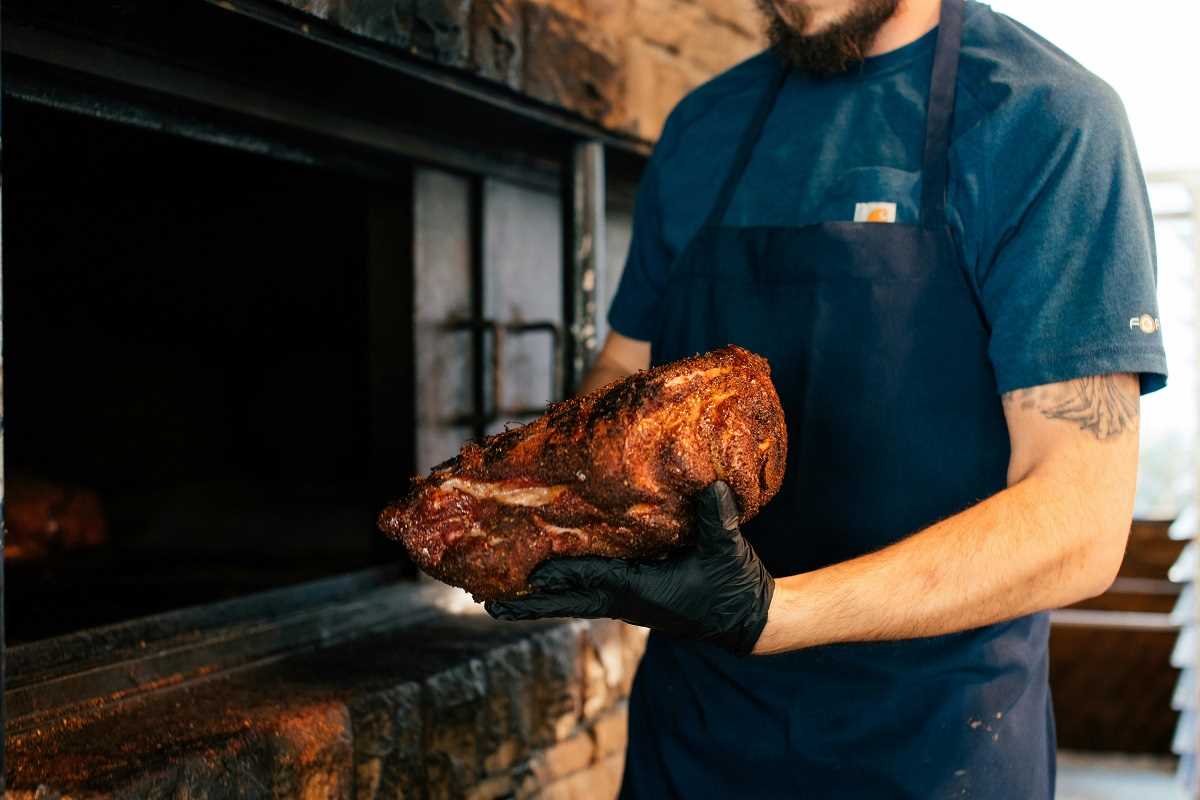 (Image via
(Image via
